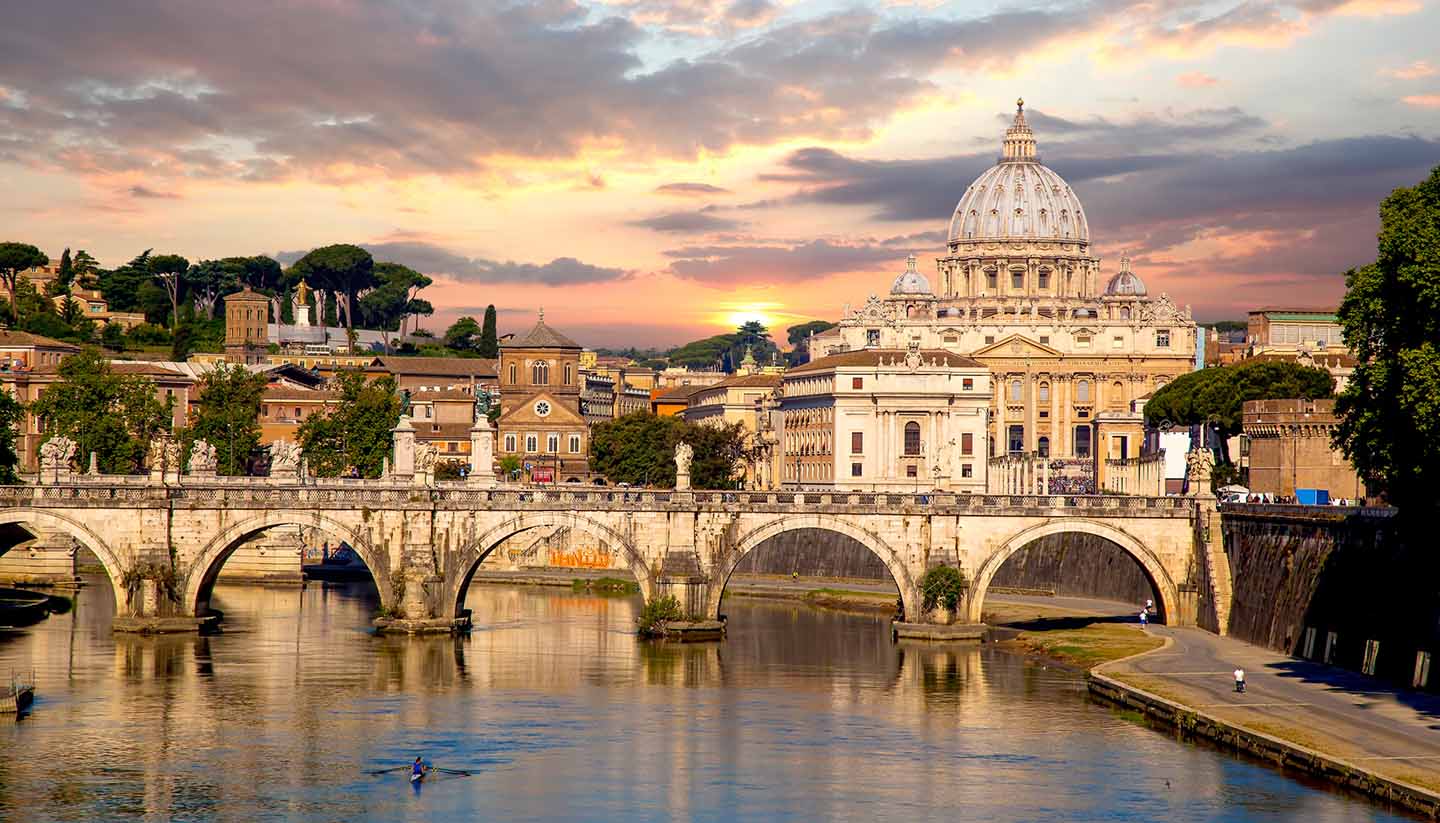
The Main Businesses of Vatican City
Vatican City, the world’s smallest independent state, is primarily known as the spiritual and administrative center of the Roman Catholic Church. Despite its small size, it has a unique economic system centered around religious, cultural, and tourism-related activities. Here are the main business sectors that sustain Vatican City’s economy.
1. Religious and Administrative Services
As the headquarters of the Catholic Church, Vatican City’s primary function is to support the Pope and the global administration of the Church. The Roman Curia, which includes various departments and organizations, oversees religious affairs, diplomacy, and internal governance. This administrative structure employs clergy, laypersons, and professionals in different roles, making it one of the Vatican’s main “businesses” in terms of operations.
2. Tourism and Pilgrimage
Vatican City is one of the most visited places in the world, attracting millions of tourists and pilgrims annually. Visitors come to see landmarks like St. Peter’s Basilica, the Vatican Museums, the Sistine Chapel, and St. Peter’s Square. Revenue is generated through:
Ticket sales to museums and cultural sites
Guided tours offered by Vatican-approved agencies
Donations from visitors and pilgrims
Official merchandise and souvenirs sold within Vatican territory
Tourism provides a significant portion of the Vatican’s income, as museum admissions alone contribute millions of euros each year.
3. The Vatican Museums and Cultural Heritage
The Vatican Museums house some of the most valuable art collections in the world, including works by Michelangelo, Raphael, and Leonardo da Vinci. These museums operate like a business entity, charging entrance fees, selling books, and offering exclusive exhibitions.
Additionally, the Vatican publishes books, historical documents, and religious texts, which are sold internationally. These publications contribute to both education and revenue generation.
4. Banking and Financial Activities
The Institute for the Works of Religion (IOR), commonly known as the Vatican Bank, manages financial assets and investments. Unlike commercial banks, it primarily serves the Church’s mission, handling accounts for religious institutions, charities, and Vatican employees. The IOR generates income from investments, currency exchange, and asset management.
The Vatican also has financial oversight institutions like the Administration of the Patrimony of the Apostolic See (APSA), which manages real estate and investments. These financial operations ensure that Vatican City remains financially stable.
5. Media and Communications
The Vatican has a well-established media sector that includes:
Vatican News (official news website)
L’Osservatore Romano (daily newspaper)
Vatican Radio (broadcasting in multiple languages)
Vatican Television Center (CTV) (producing live broadcasts and documentaries)
These media outlets spread religious messages, report on Vatican affairs, and provide content to Catholic communities worldwide. Advertising, subscriptions, and syndication of content contribute to Vatican City’s income.
6. Philanthropy and Charitable Contributions
While not a “business” in the traditional sense, Vatican City receives significant donations and contributions from Catholics worldwide. Funds collected through Peter’s Pence (a special annual donation) and other charitable initiatives help finance Vatican operations, humanitarian efforts, and maintenance of religious sites.
7. Stamp and Coin Sales
The Vatican issues special edition stamps and coins, which are highly valued by collectors. Since Vatican City has its own postal system and mints its own euro coins, these collectibles generate significant revenue. The coins, despite being legal tender, are rarely used for transactions and are mostly sold to numismatists.
Conclusion
Vatican City’s economy is unique, as it does not rely on traditional industries like manufacturing or agriculture. Instead, its primary business activities revolve around religion, tourism, banking, cultural heritage, media, and philanthropy. These sectors collectively support the Vatican’s mission while maintaining its financial stability.



Leave a Reply